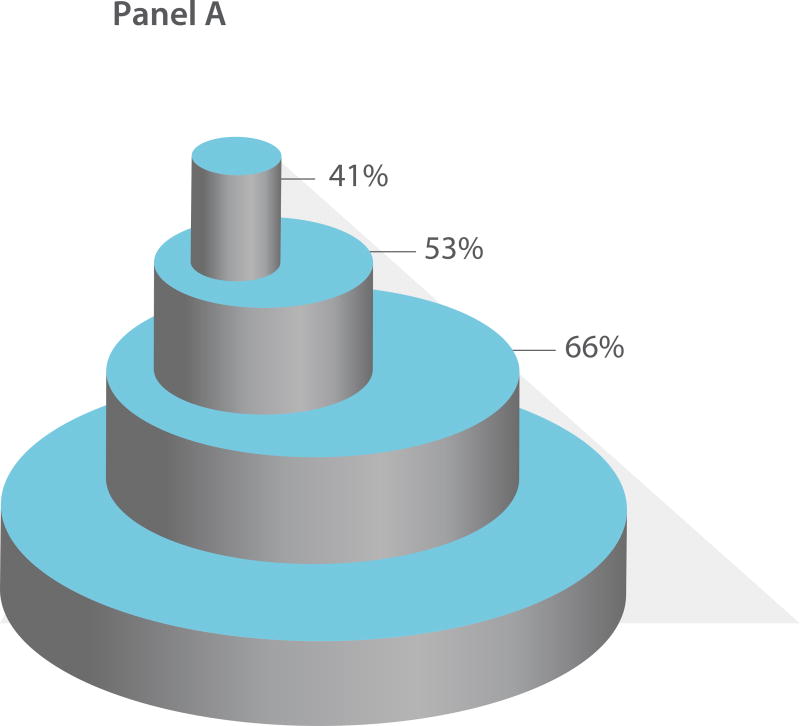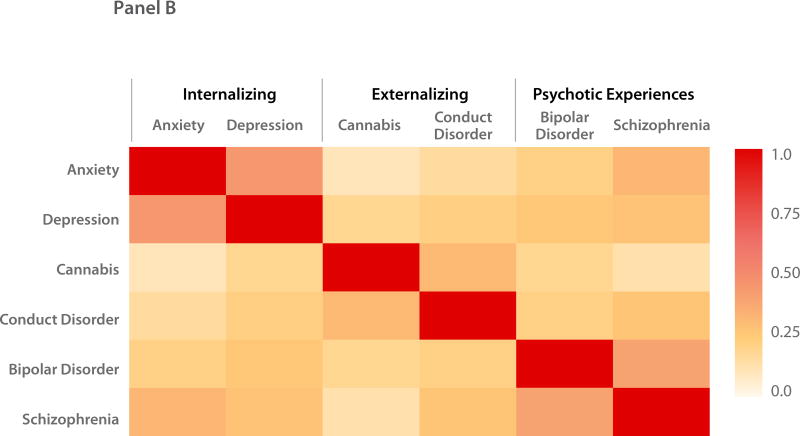Figure 1. Psychiatric comorbidity is ubiquitous.
Panel A shows the high rates of lifetime comorbidity in the Dunedin Longitudinal Study. The data include information from repeated diagnostic interviews carried out over 25 years, from when the research participants were 11, 13, 15, 18, 21, 26, 32, and 38 years old, and include information about the following 7 diagnostic groups: anxiety, depression, ADHD, conduct disorder, substance dependence, bipolar disorder, schizophrenia (24). Of individuals meeting criteria for one disorder in their lifetime, 66% met criteria for a second; of those meeting criteria for 2, 53% met criteria for a third; of those meeting criteria for a third, 41% met criteria for a fourth. The heat map of correlations in Panel B shows that comorbidity/covariation is not just limited to disorders in the same domains (e.g., Internalizing, Externalizing, Psychotic Experiences), but transcends diagnostic domains. Data are from symptom scales of disorders assessed at the last wave of the Study, age 38 years.


